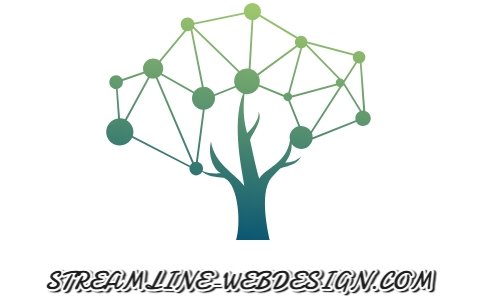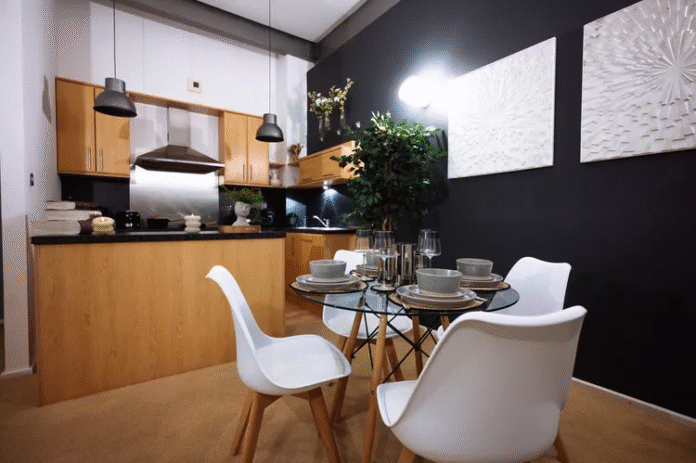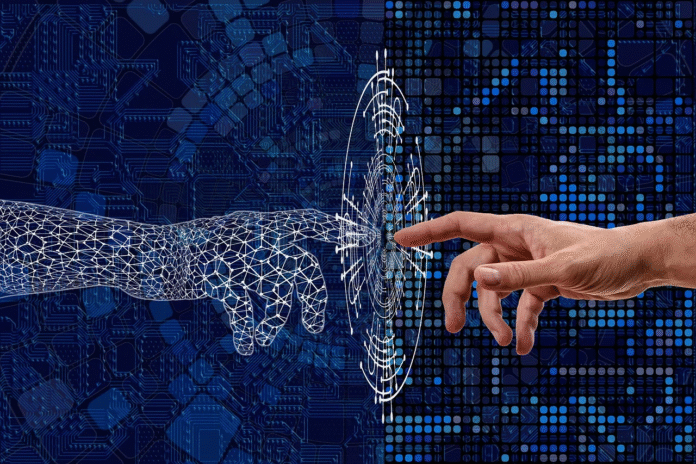
Korean Air has officially launched a rebranding effort that marks a major transformation in its visual identity. After over 40 years, the airline has updated its logo, livery, and corporate design, signaling a new era for the aviation giant. This isn’t just a cosmetic change; it’s a complete reinvention that combines modern aesthetics with deep-rooted cultural symbols, creating a fresh yet timeless identity that positions the airline for continued success in a competitive global market.
The transformation includes a sleek new version of the iconic Taegeuk symbol, which has been modernized to reflect the airline’s commitment to both tradition and innovation. Alongside this updated symbol, Korean Air has introduced a new typeface, a streamlined aircraft livery, and even a new website design—all of which emphasize the airline’s forward-thinking approach.
A Nod to the Past, with Eyes on the Future
At the heart of Korean Air’s rebranding is the reimagined Taegeuk symbol, which has long represented harmony and balance in Korean culture. The updated version simplifies this traditional symbol, removing excess elements while retaining its core meaning. The result is a clean, monochromatic design that conveys modernity without losing the essence of Korean heritage.
The most striking aspect of the rebranding, however, is the new aircraft livery. Gone are the traditional white and blue colors that have long been associated with Korean Air. In their place is a sophisticated, metallic sky-blue hue that gives the airline’s aircraft a sleek, futuristic appearance. The flowing curves on the fuselage further enhance this modern aesthetic, providing a dynamic, elegant look that feels straight out of a sci-fi movie. This bold shift reflects Korean Air’s ambition to position itself as a leader in global aviation, where innovation meets style.
Typography Gets a Makeover
Korean Air’s new visual identity also includes a significant change to its logotype. The word “Korean” is now written in a bold, modern typeface that’s sleek and minimal, replacing the old, heavier font. The updated typeface is not only more contemporary but also highly readable, making the brand name stand out in a way that’s both strong and refined. It’s a visual shift that highlights the airline’s evolution, without losing the recognizability of its long-standing brand.
The new typeface works seamlessly with the updated Taegeuk symbol and the metallic livery, creating a cohesive and polished look across all brand touchpoints. This rebranding demonstrates Korean Air’s commitment to staying relevant while honoring its roots, ensuring that every element of the design speaks to both tradition and progress.
The 3D Motif: A Touch of Innovation
To further enhance brand consistency, Korean Air has introduced a three-dimensional motif inspired by the flowing curves of the Taegeuk design. This motif, which combines the airline’s signature light blue with red accents, will be featured across key customer touchpoints, including check-in screens, SKYPASS mobile cards, and the airline’s website. The 3D elements give the brand a more tactile feel, offering a visual experience that’s immersive and dynamic.
For areas where three-dimensional designs aren’t feasible, Korean Air will use two-dimensional patterns that draw inspiration from Korea’s landscapes, traditional “Jogakbo” patchwork, and the Taegeuk curves. These patterns will be applied to textiles and printed materials, further reinforcing the brand’s connection to Korean culture while maintaining a modern flair.
A New Era for the Airline’s Fleet
The revamped aircraft livery is a clear reflection of Korean Air’s future-focused values. The shift to a metallic sky-blue color adds sophistication, while the streamlined design of the fuselage presents a more contemporary, aerodynamic look. The old cheatline has been replaced by a smooth, flowing curve that further contributes to the sleek, polished aesthetic.
This rebranding isn’t just about aesthetics; it’s about positioning Korean Air as an airline that looks ahead. The airline’s updated visual identity now mirrors its innovative approach to aviation, whether it’s in terms of technology, customer service, or sustainability. The first aircraft with the new livery is already in service, marking the beginning of a new chapter for Korean Air. With each flight, the airline is making a statement: it’s ready for the future.
A Refined Digital Presence
Korean Air’s online presence has also been given a facelift to align with its new identity. The website features the same sleek design, clean lines, and modern aesthetic that are now reflected in the airline’s visual branding. The updated site is not only visually appealing but also user-friendly, making it easier for customers to navigate and access the airline’s services.
By streamlining the digital experience, Korean Air is enhancing its connection with travelers, ensuring that the online booking and customer interaction process matches the sophisticated feel of its updated fleet. This digital upgrade serves as another touchpoint where the airline’s rebranding can be experienced firsthand.
Looking Ahead: A Timeless Identity for the Future
Korean Air’s rebranding is more than just a facelift; it’s a strategic move to solidify its position as a global leader in aviation. The new identity is a perfect balance between honoring the past and embracing the future. By modernizing its logo, introducing a sleek metallic livery, and refreshing its digital platforms, Korean Air is ready to take on the challenges of tomorrow, all while maintaining a deep connection to its cultural roots.
As the first aircraft featuring the new design takes flight, it’s clear that Korean Air is not just updating its look—it’s redefining what it means to be a forward-thinking airline. The blend of traditional symbolism with modern design elements showcases the company’s ability to innovate while staying true to its legacy. With this rebrand, Korean Air is not just soaring into the future; it’s leading the way.
4o mini











